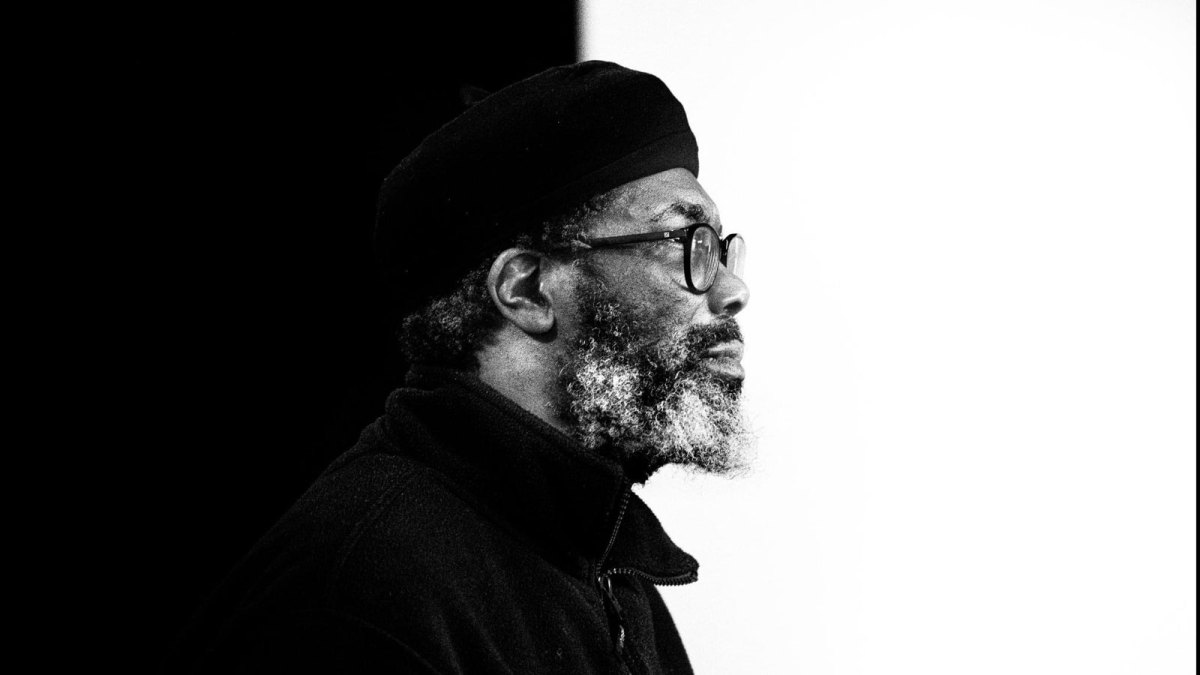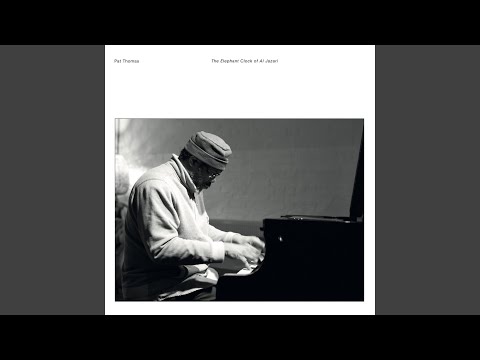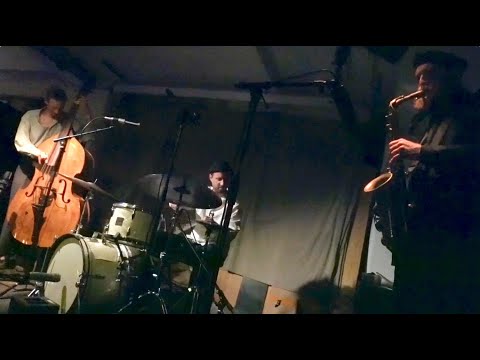“I want to build a new tradition, an aural tradition, transmitted via the ears,” Karlheinz Stockhausen declared in 1971. Such a tradition, he insisted, would avoid treating “the materials of music as separate from the process of composition” and would be “based on the direct experience of working with sounds rather than writing on paper.” It would entail a compositional method in which intuition and imagination, impoverished resources in a culture marked by a “decline in acoustic facility,” would play a central role. In a society dominated by spectacle, driven by the demands of the secular market and the debasement of “spiritual activity,” the “science of musical vibrations” is reduced to a “very primitive level.” To combat this aridity, Stockhausen, ever the iconoclast, advocated the creation of a “multimeaningful” sonic order “open to intuition” and oriented toward the expansion of the performer’s “inner universe.” His ambition was to liberate “a higher level of consciousness beyond the mental.”
Few musician-composers working today embody these attributes more emphatically than Pat Thomas, born in 1960 to Antiguan parents in Oxford, where he continues to live. And like Stockhausen, with whom he shares the distinction of being a gifted pianist, few have elevated intuition to a pragmatic ethic so thoroughly pursued in a variety of contexts: in group or solo performance, live or recorded, and across a spectrum of musical structures and instruments. Throughout Thomas’s body of work, intuitive processes open up into a human conduct, a spontaneous agency that finds its germ and general outline in a spiritual attitude through which the artist expresses and conducts himself in the world.
“Specialization is always a sign of decay,” Thomas told me during a recent three-hour phone conversation. “Stockhausen had the courage to declare that intuition is the basis of all successful composition. Especially given the climate in classical music after World War II, which was dominated by the Boulez Effect: the drive to formalize musical material rather than entrust it to its spiritual source. Everything was controlled. Scientized.” The breakthrough is the rediscovery that “music is not written on paper,” that “notation is an approximation,” a kind of dead impression behind which intuition and the soul reside, restrained by the visual field yet ready to be realized. In Thomas’s estimation, Stockhausen was not “stifled by his muse.” His achievement was to spiritualize music at a time when it was being “overtaken by cynicism” in its aesthetic and economic guises: “Divine inspiration, the driving force behind Bach and Mozart, Schoenberg and Messiaen, was until recently taken for granted. You just didn’t question it.”
Intuition, then, is not a mental activity but a rare disposition, not a certitude but a seeking, a way of sounding in the world. On this point, Thomas and Stockhausen are in complete agreement. It is a matter of investigating and multiplying the vibrations of the universe. This would seem to be just another abstract process, were it not for the fact that the vibrations themselves are the material units of this realization, the basic elements for the musicians who work with them in real time, absorbing them bit by bit and transforming them into evidence of feeling⎯a process by which one becomes a medium of sensuousness. Thomas describes it as a “leap in the dark,” invoking Miles Davis, whose approach to organizing the resonant cosmos is perhaps best crystallized by the conviction: “I’ll play it first and tell you what it means later.”
There are other affinities between Stockhausen and Thomas beyond their agreement on the centrality of intuition in musical expression. One senses in their attitudes a certain preoccupation with paradox and the metaphysical puzzle, not to say a concern for the fate of the human soul and an overriding will to free it from its eclipse by dogma. But where Stockhausen, a priest of European high modernism, was accustomed to making pronouncements and drafting manifestos, Thomas arrives at the objects of his reflection through allusion and digression, employing anecdote and stray quotation to cultivate that suspended, adventurous form of intellection that is at the root of his musical craft. All the products of a fertile imagination and learning are on display here. And they are touched as if by a current that carries in its wake the consciousness of whole musical traditions, some distant, some near, but always pulsating, their patina scrubbed clean of myth.
Thomas’s conversation is sweeping. He leaps from reflections on compositions he’s heard—”Thomas Wiggins was the first composer to use tone clusters, and you only have to listen to his ‘Battle of Manassas’ to hear how he did it all before Henry Cowell”—to the physical structure of instruments: “If you take away the keyboard, you see that the qanun and the zither are the ancestors of the piano. ” He drops an offhand zinger: “Slow down a Red Garland tune and it sounds like Morton Feldman.” Such is the fluidity of Thomas’s mind. What was perplexing a moment ago is soon clarified by the afterglow of subsequent judgments, revised and recast in the light of belated illumination.
Though admiring, Thomas’s appraisal of Stockhausen does not feign neutrality. Critical notes are sounded, as when he observes that Stockhausen’s account contains an omission, namely that of jazz music and musicians who “used their intuition from the very beginning but were still frowned upon by white critics, who branded the music with accusations, labeling it ‘impulsive’ or ‘hot ‘ or ‘anti-intellectual.'” Intuition didn’t simply appear when a leading European composer adopted the term. In the case of jazz, it was forged in the crucible of a musical practice whose finest pianists and composers—Thelonious Monk and Duke Ellington, Bud Powell and Cecil Taylor—were concerned from the outset with crafting works that reflected their displacement while “forging direct links to spiritual masters.” The condition of African music in the diaspora, Thomas claims, is one of “heightened perception in order to stay alive.” John Coltrane’s “Love Supreme,” a four-part jazz suite recorded in 1964, is not only “deeply intuitive music” but also a “prayer” whose tonal palette is as colorful and breathtaking as “anything composed by Messiaen, Stockhausen’s teacher.”
The notions of spontaneity and intuition that emerge as central to Thomas’s worldview are fundamental to understanding what is at stake in what I take to be one of his most important points: neither is seen by him to be inherent in any particular tradition, be it jazz or classical, but rather as integral to a “transnational musical consciousness.” Intuition’s imprint is as evident in Mozart as it is in Coltrane.
In this case, I see the artist as bearing witness to an all-too-rare possibility or potential in the human being: an invisible self made visible through the act of organizing and expressing sound in real time. Perhaps such a self can be discovered more than once, in the thrall of unsolicited enactment, without seeking the authority of a catchword. The idea, it seems to me, does not promise to do away with music as something temporally bound, and thus with what makes it sound the way it does—call it its uniqueness. The issue is more delicate. It is a matter of seeing this distinctiveness, when it is at its most intuitive, as emblematic of a form of excellence, an achievement that testifies to the dignity of the human soul when its expressive power is raised to its highest pitch.
Louis Armstrong once said, “If you have to ask what jazz is, you’ll never know.” This is so because it is a kind of secret order, a mode of inquiry—Thomas, citing the etymology of the Arabic term jass, calls it espionage—that sees improvisation and composition as a single entity, a structure that can be pulled apart and expanded, giving us a way in but also access to something we may never be able to know. Jass, in turn, has a theological and personal resonance for Thomas. It evokes the Arabic term Ishan, which exemplifies a Muslim’s pursuit of excellence in worship by performing responsible acts: “The point is to worship your Lord as if you can see him, and even if you can’t see him, He’s still there.”
Thomas carries this view into the heart of his vocation. One way to think of his music, especially his solo compositions, is as an invitation to prayer: at its most exalted, his playing seems to communicate with its own absence, and the attentiveness it demands of its listener and itself becomes the content of its spiritual movement. We are drawn into this process because it exudes something elusive, a sifting and searching that internalizes rhythmic sources as diverse as Iraqi maqams and jazz, dub music and salsa, reggae and funk. “Rhythm is at the root of what I do. I develop rhythmic patterns in real time. I always think in terms of a swing when I play,” Thomas tells me. His transnational idiom, however metaphysical its underpinnings, has that human basis. Thomas cites his exposure to a “Black school of classically trained pianists who forged their own music” as central to his development. The revelation of music as an intuitive art came when, at 16, he watched Oscar Peterson play on television.
In those days, Thomas was studying piano at a state-funded high school with Mary Howell-Pryce, whom he describes as “anything but ordinary: she could have taught anywhere.” A formidable pianist, Howell-Pryce was also a thoughtful educator, as attentive and responsive to developments in postwar music as she was to the particular merits of her own students. Besides taking Thomas to hear a performance of Stockhausen’s “Klavierstücke,” she helped him land his first jazz gig, fostering his love of the music while stressing the importance of mastering the instrument and cultivating a sharp technique.
The latest from VAN, delivered straight to your inbox
This proved formative. But perhaps the truest mark of her pedagogical genius—Howell-Pryce was the teacher not only of Thomas but also of Laurence Crane, both from working-class backgrounds and both recent recipients of the Paul Hamlyn Prize—was her willingness to allow Thomas to “play what wasn’t on the page.” Years later, attending a concert where Thomas was performing transcribed guitar improvisations by Derek Bailey, she asked to see the scores her former student was playing from. It was then that she realized he wasn’t following them note for note, that his rendering was more of an approximation. Here, too, “permission was granted,” but not without reason. The talent that she had so strongly encouraged, and in which she had such a firm belief, was surely evident to all present.
A blue note is a note sung or played at a slightly different pitch than the standard for expressive purposes. Typically, the shift is between a quartertone and a semitone, but this varies depending on the musical context. “Jazz pianists like Monk and Red Garland reinvigorated the idea of what their instrument could do by adding blue notes to their work,” says Thomas. I observe that Howell-Pryce, by extension, licensed him to hear those notes and to build a worldview, a means of survival, around them. “Certainly, but this was not and is not the norm.” When Thomas tried to break into the Oxford jazz scene at the age of 20 by playing Thelonious Monk’s “Evidence,” he was laughed out of the room, berated by its gatekeepers for playing so-called avant-garde music.
Four decades later, the blue note remains a lynchpin of the artist’s elusive vision, swinging harder than ever. At the end of our conversation, Thomas mentioned that he had recently suffered a stroke. The first thing he did to regain his moorings was to revisit “Evidence.” It was a way to calibrate his consciousness to that old and secret code. ¶
Subscribers keep VAN running!
VAN is proud to be an independent classical music magazine thanks to our subscribers. For just over 10 cents a day, you can enjoy unlimited access to over 875 articles in our archives—and get new ones delivered straight to your inbox each week.
Not ready to commit to a full year?
You can test-drive VAN for one month for the price of a coffee.





